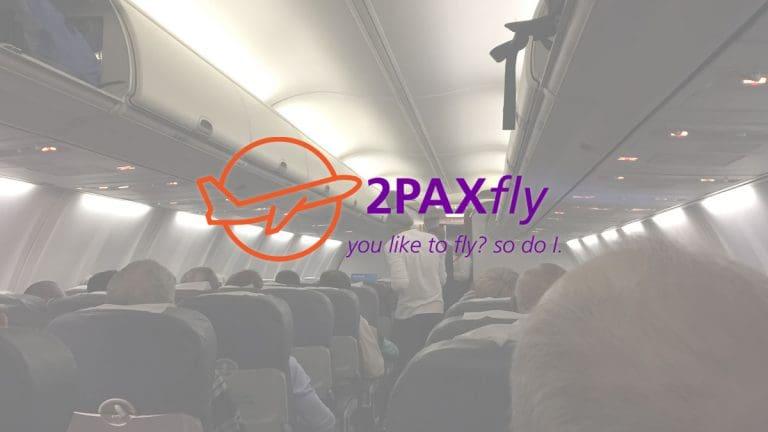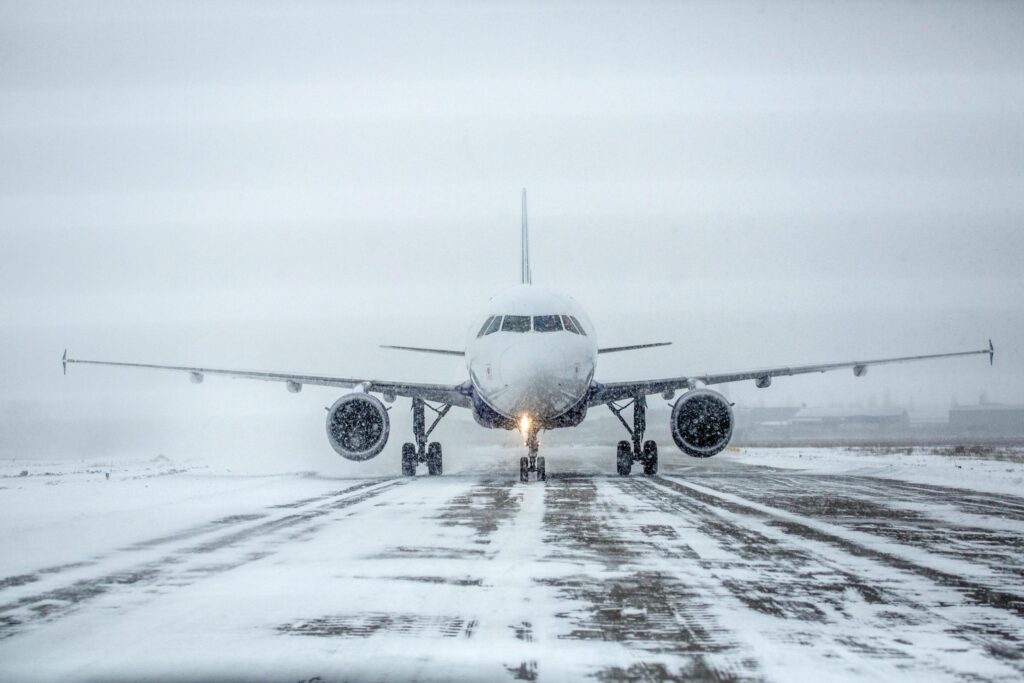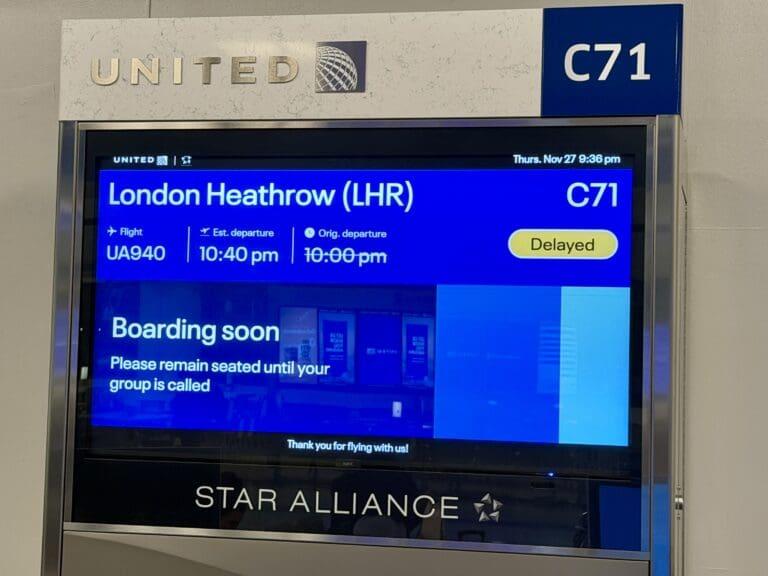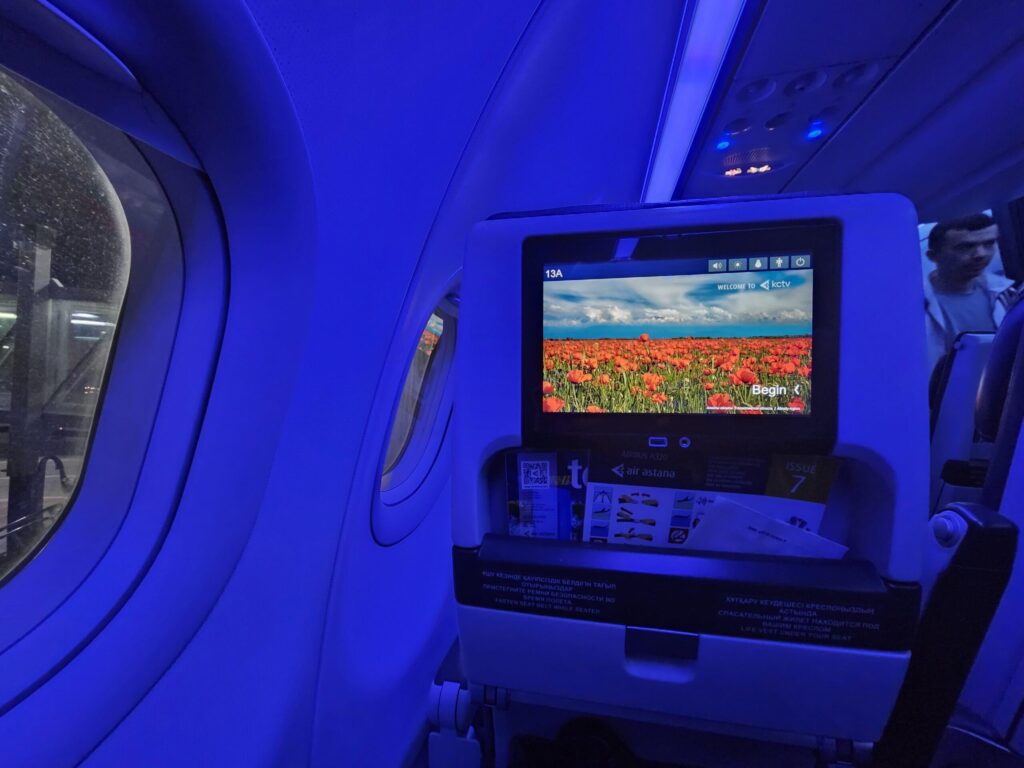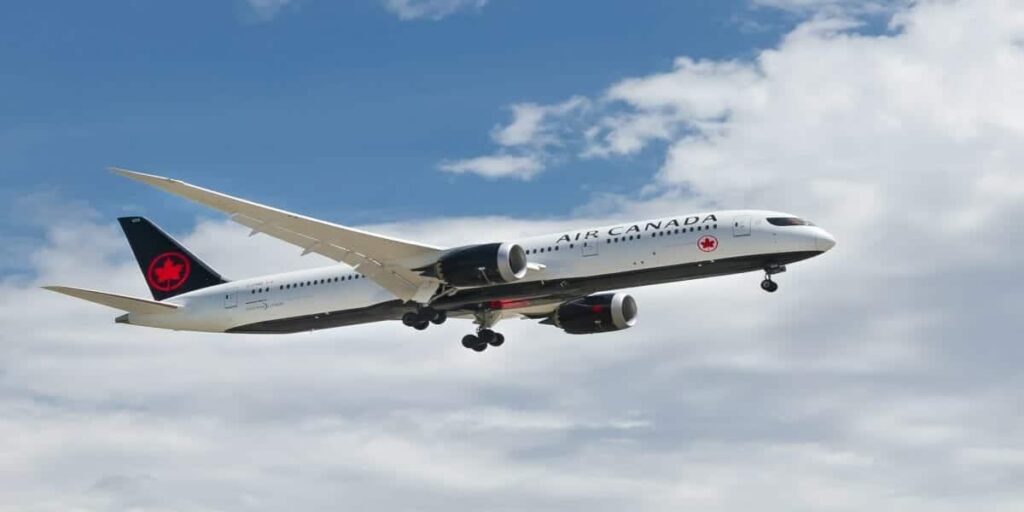
How to Transfer Chase Points to United Miles Effectively
I’ve always found that combining the power of Chase Ultimate Rewards with United MileagePlus can open up impressive opportunities. Whether it’s positioning for a business-class Star Alliance flight or putting together a multi-city itinerary using United’s Excursionist Perk, the flexibility is invaluable. Recently, I came across industry data showing that a significant percentage of frequent flyers cite United as one of the most valuable transfer partners for hassle-free redemptions. While the valuations aren’t always at the top of the chart, United’s broad network and the Star Alliance partnership can provide some serious mileage leverage when timings and routes align just right.
Why Transfer Chase Points to United MileagePlus

Transferring points from Chase Ultimate Rewards to United can be a convenient choice for both domestic and international itineraries. Though NerdWallet values each United mile at about 1.35 cents, the MileagePlus program still presents solid opportunities, especially for those using United’s Excursionist Perk or leveraging Star Alliance partners for complex itineraries. Keep in mind, though, that other programs like World of Hyatt (valued at 2.2 cents per point) or Virgin Atlantic might offer higher returns on your points.
I’ve observed that many travelers prefer United for straightforward redemptions, particularly when they don’t have the time or inclination to research obscure sweet spots. For instance, connecting flights abroad can be easier to piece together because of the airline’s broad route map. Plus, if there’s a Star Alliance carrier you favor—like Lufthansa or Turkish Airlines—it’s often smoother to book through United as opposed to juggling multiple loyalty programs.
In my experience, being able to rely on United’s extensive schedule and global partners can be priceless. A recent study suggests that over 60% of frequent flyers take advantage of alliances like Star Alliance to expand their route options without complicated separate bookings. Transferring points to United often feels like a stable, middle-ground approach: you might not always get the absolute highest cent-per-point value, but you’ll enjoy a user-friendly platform and broad flight network.
Which Chase Cards Qualify
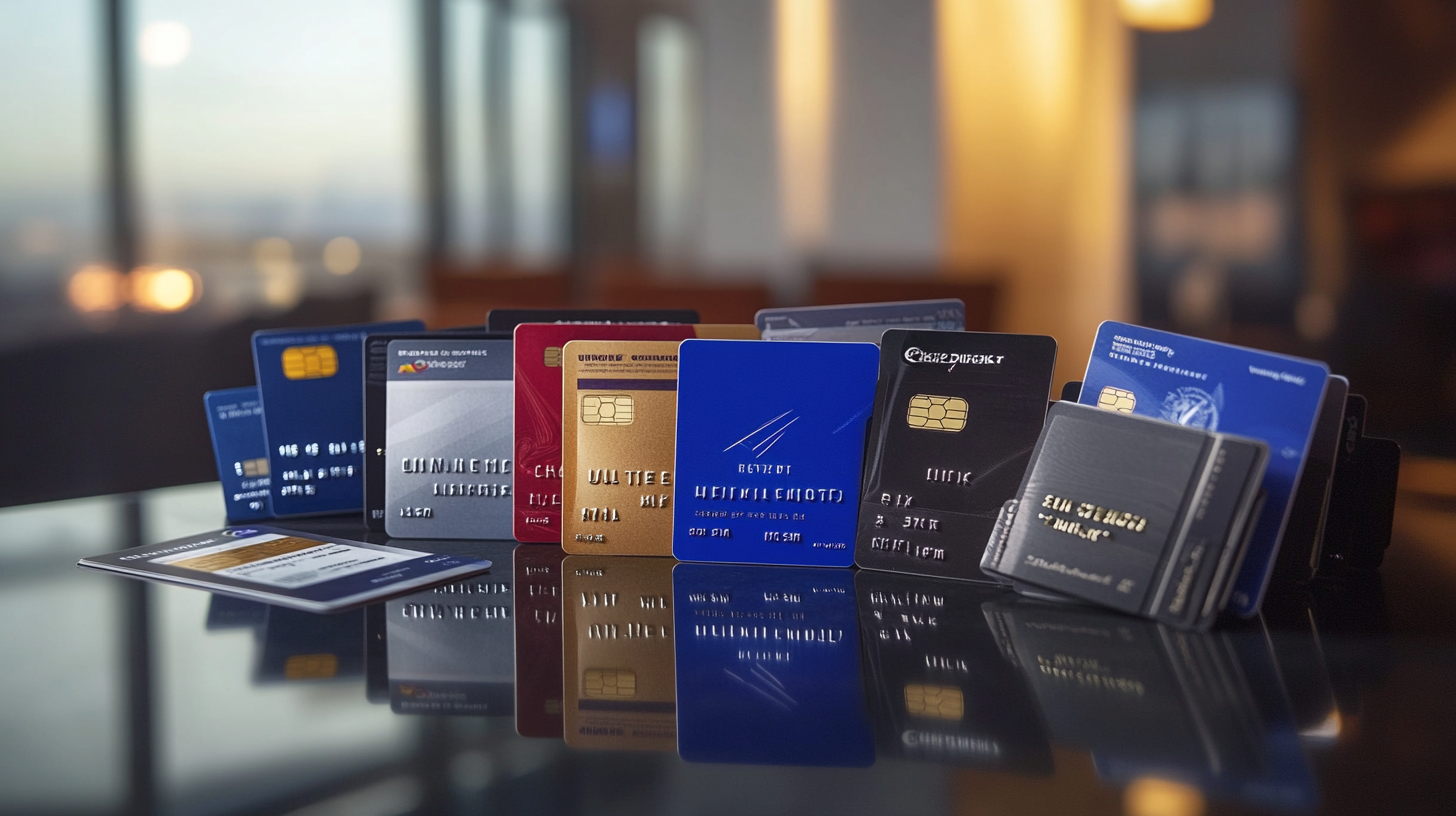
In order to move points to a frequent flyer program, you need a premium Chase card: either the Chase Sapphire Preferred, Chase Sapphire Reserve, or Ink Business Preferred. These cards enable 1:1 transfers to 14 airline and hotel programs, including United MileagePlus. If you also have cash-back cards like the Freedom Flex or Freedom Unlimited, you can combine their earnings into your premium account for even bigger rewards potential.
From what I’ve gathered, the Chase Sapphire Preferred remains a popular option for newcomers because of its moderate annual fee and generous sign-up bonus. According to the Consumer Financial Protection data from last year, premium travel cards still drive the lion’s share of credit card reward activity. Having a Chase Sapphire Reserve or Ink Business Preferred, on the other hand, can maximize travel perks or business-related spending categories.
It’s crucial to verify your personal spending style. If most of your expenses revolve around restaurants, travel, or business transactions, one of these premium cards typically maximizes points accrual. Personally, I’ve seen how combining a Freedom Unlimited (with its solid earning rate on everyday purchases) alongside a premium Chase card can supercharge the amount of Ultimate Rewards you have available.
Combining Points from Multiple Cards

Combining points allows you to consolidate earnings from different Chase cards under one premium account. This step is simple when you have both personal and business cards: just link them online so that all accumulated points converge, ready to be transferred to the airline or hotel partner of your choice. Once you have your total points in one place, they can be transferred to United in increments of 1,000 points.
I’ve seen individuals grow their balances surprisingly fast by pairing several Chase products. For example, you might earn 5x on specific rotating categories with a Freedom Flex, then funnel those points into a Sapphire Reserve for better redemption options. According to industry data, over 70% of seasoned points collectors use at least two credit cards in tandem to optimize different earning categories.
In my own observations, combining points has also simplified the redemption process. Instead of monitoring multiple reward balances across several accounts, everything funnels neatly into one. It’s a method that not only saves time but helps avoid the dreaded scenario of splitting miles or points between accounts when planning a high-value award.
Step-by-Step Transfer Instructions

To transfer points, log into your Chase account and select one of your eligible cards. From the Travel drop-down, choose “Transfer points to partners,” then pick United from the list. Next, link your MileagePlus account if you haven’t already, enter the number of points (in multiples of 1,000) to transfer, and confirm. Transfers can take one to seven business days, although they often complete instantly. Remember, once transferred, you can’t reverse this process.
I’ve noticed that in most cases my transfers to United happen within seconds, making it easy to lock in an award I’ve spotted. Still, if you’re mixing in other frequent flyer programs or if there’s an unexpected delay, plan ahead to avoid missing out on a limited-availability seat. A colleague of mine once saw a great business-class Star Alliance seat vanish in minutes, so having your points ready to move can be crucial if you see a hot opportunity.
For anyone new to this, I recommend setting up your airline and hotel program accounts in advance. This way, you won’t scramble to create a last-minute login while that one award seat you’ve been eyeing potentially disappears. Once everything is linked, the process is fairly intuitive and can be done from your phone or laptop.
Maximizing Your Value

Beyond the basics, timing and strategy can amplify the value of your United miles. Check for limited-time transfer bonuses, cross-reference award charts, and monitor United’s website for reduced mileage promotions. For Star Alliance flights to Europe, compare costs through other programs—Air Canada Aeroplan and Singapore KrisFlyer sometimes offer better deals than United, especially after recent devaluations pushed partner business class awards to over 100,000 miles. Also, weigh other high-value partners like Hyatt or JetBlue (NerdWallet pegs JetBlue TrueBlue at a competitive rate) to see if saving your Ultimate Rewards for a different program makes more sense.
I’ve found that reading frequent flyer forums and blogs can offer a glimpse into real-time sweet spots. Recently, my friend snagged an off-peak Europe award for fewer miles simply by waiting for a transfer bonus that aligned with a lull in seasonal demand. According to an internal analysis by a leading travel site, timing can shift redemption values by up to 30%. That’s the difference between an economy award and a lie-flat seat on your next transatlantic hop.
Strategize by keeping a watchful eye on your preferred routes. In my own research, I’ve noticed that some lesser-known European cities see periodic award price drops. If you can pivot slightly—say, flying into Brussels instead of Paris—you might save a chunk of miles, then hop on a low-cost carrier or a train for your final destination. That’s how some travelers squeeze out a better return from each United mile.
Key Considerations Before You Transfer

Shifting points to United typically works well for travelers who value ease, a broad flight network, and Star Alliance perks. However, since United miles currently average 1.35 cents each and may fluctuate based on award availability, only transfer the exact amount you need for an upcoming booking. Transferring too many points or choosing suboptimal awards can suppress your redemption value. As an independent, ad-supported publisher, we remind readers that the card offers you see or the order in which they appear may be influenced by sponsorship. Always review any card’s full benefits, fees, and fine print before deciding to move your Ultimate Rewards to United MileagePlus.
One of the biggest pitfalls I’ve noticed is transferring miles “just in case,” only to have them sit unused. Over time, airlines can devalue their award charts, so you don’t want your miles stuck in a single program unless you’re fairly certain of your plans. Some travelers even wait until after they’ve confirmed award availability before initiating the transfer to avoid any surprises.
It’s also good to reflect on whether United’s dynamic pricing might shift your redemption value. If you’re primarily flying short-haul, domestic routes, you might do better with other program partners. Always ask yourself: “Is this the best approach for my situation right now?” Consulting a few reliable travel blogs or even a frequent flyer mentor can help with that final decision-making step.
Final Thoughts

United MileagePlus remains a top contender when it comes to transferring points from Chase Ultimate Rewards, particularly for travelers who prefer a straightforward booking experience. While other programs might offer higher niche returns, there’s something to be said for the reliability and global reach of United’s network. Bundling your Chase earnings into one premium account and transferring strategically can make all the difference in scoring that next big adventure.
Even as airline mileage programs evolve, I’ve seen how consistent research, timing, and a good grasp of transfer protocols keeps travelers ahead of the game. No matter if you’re aiming for a domestic short hop or an intercontinental premium cabin, it’s worth exploring how to make each point go as far as possible.
Sky Skylar’s Take
From my perspective, the power of knowledge can’t be overstated—especially when it comes to optimizing miles and points. Strategies I’ve picked up from reading endless travel posts and data sources point to one truth: staying adaptable is crucial. If you can be flexible about flight dates or international gateways, you can often outsmart those pesky mileage increases or blackout dates.
That said, I never transfer points without a specific plan. It’s all about having your research lined up so that when a dream flight pops open, you’re ready to pounce. It’s the decisive moves that set apart the average traveler from the reward-savvy enthusiast.
Stay with us at BoardingArea as your go-to resource for all the latest travel insights and updates.
- To truly make the most out of your points, check out Maximizing Your United MileagePlus Miles for expert tips and strategies.
- Discover how you can get a complimentary flight with Getting a Free Flight with United’s Excursionist Perk and make the most of your travels.
- Dive into Maximizing Your United MileagePlus Miles: A Comprehensive Guide to United Transfer Partners to learn more about optimizing your rewards.
- Uncover the secrets to earning top rewards by reading Unlock Chase Sapphire’s Best Airline Rewards Now.
- If you want to make every point count, explore How to Maximize Chase Ultimate Rewards Points for Travel for valuable insights.



